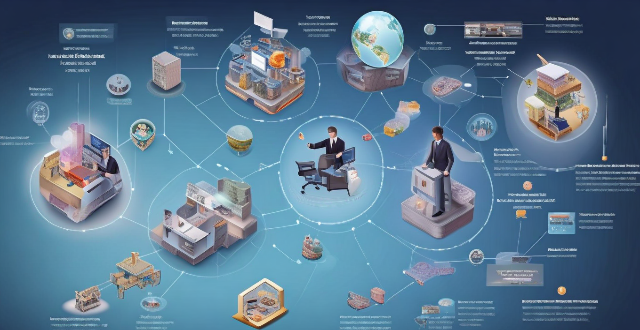Building a sustainable lunar base presents significant challenges in logistics, environment, technology, and human factors. These include reliable transportation, remote construction, surviving extreme conditions, power generation, effective communication, habitability concerns, health care, and team dynamics. Addressing these issues will require innovative solutions and international collaboration, ultimately paving the way for deeper space exploration.

Challenges to Establish a Sustainable Lunar Base
Building a sustainable lunar base is an ambitious endeavor that poses numerous challenges. These challenges can be broadly categorized into four main areas: logistical, environmental, technological, and human factors. Let's delve into each of these categories.
Logistical Challenges
Transportation and Resupply
- Mass and Energy Requirements: Getting materials and supplies to the Moon requires significant amounts of energy and carries substantial mass penalties.
- Reliability: The need for reliable transportation systems that can withstand the harsh conditions of space travel.
Construction and Maintenance
- Remote Construction: Developing methods to construct and maintain structures with minimal human intervention.
- Material Sourcing: Identifying and utilizing local materials (e.g., regolith) for construction to reduce dependence on Earth-based materials.
Environmental Challenges
Extreme Conditions
- Temperature Extremes: Developing technologies to survive both extreme heat and cold on the lunar surface.
- Radiation Protection: Ensuring adequate shielding from solar and cosmic radiation.
Life Support
- Atmosphere and Water: Creating a breathable atmosphere and potable water supply within the base.
- Waste Management: Developing effective waste recycling and disposal systems.
Technological Challenges
Power Generation
- Solar Energy: Harnessing solar power effectively during the lunar day and storing it for use during the long lunar night.
- Nuclear Power: Considering nuclear power as a supplemental or primary source of energy.
Communications
- Data Transmission: Ensuring reliable communication between the lunar base and Earth.
- Automation: Incorporating advanced automation for operations and maintenance tasks.
Human Factors
Habitability
- Living Spaces: Designing living quarters that provide privacy, comfort, and a sense of normalcy for long-term inhabitants.
- Psychological Well-being: Addressing the psychological challenges of isolation and confinement in a small group.
Health and Safety
- Medical Care: Providing advanced medical care in the event of emergencies or illnesses.
- Physical Fitness: Ensuring opportunities for physical activity to counteract the effects of microgravity on the body.
Training and Personnel Selection
- Skill Sets: Identifying the necessary skill sets for lunar base inhabitants and providing extensive training.
- Team Dynamics: Selecting individuals who can work well together in stressful environments.
Each of these challenges requires innovative solutions and international cooperation to achieve the goal of a sustainable lunar base. Overcoming these hurdles will not only enable a permanent human presence on the Moon but also serve as a stepping stone for deeper space exploration.